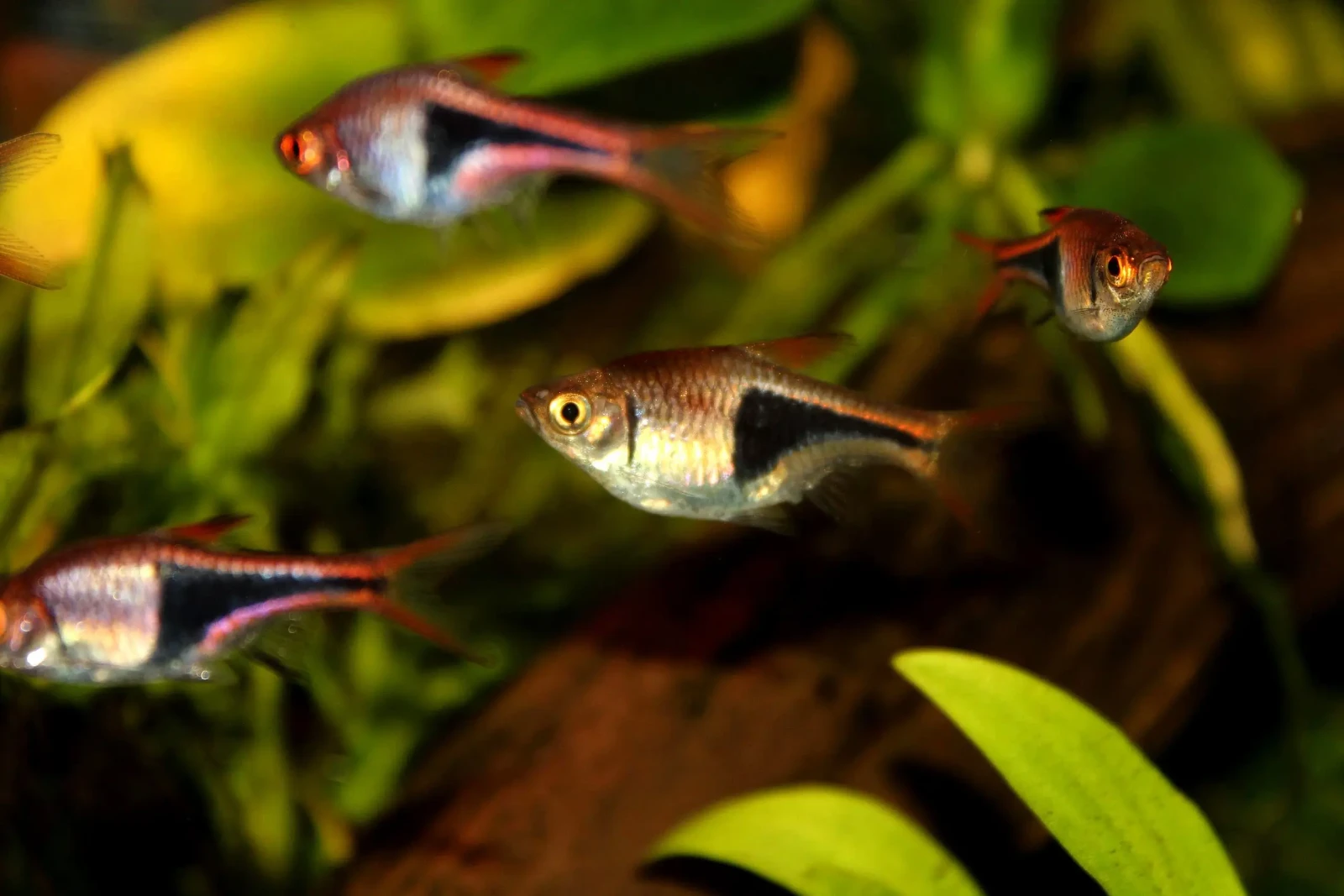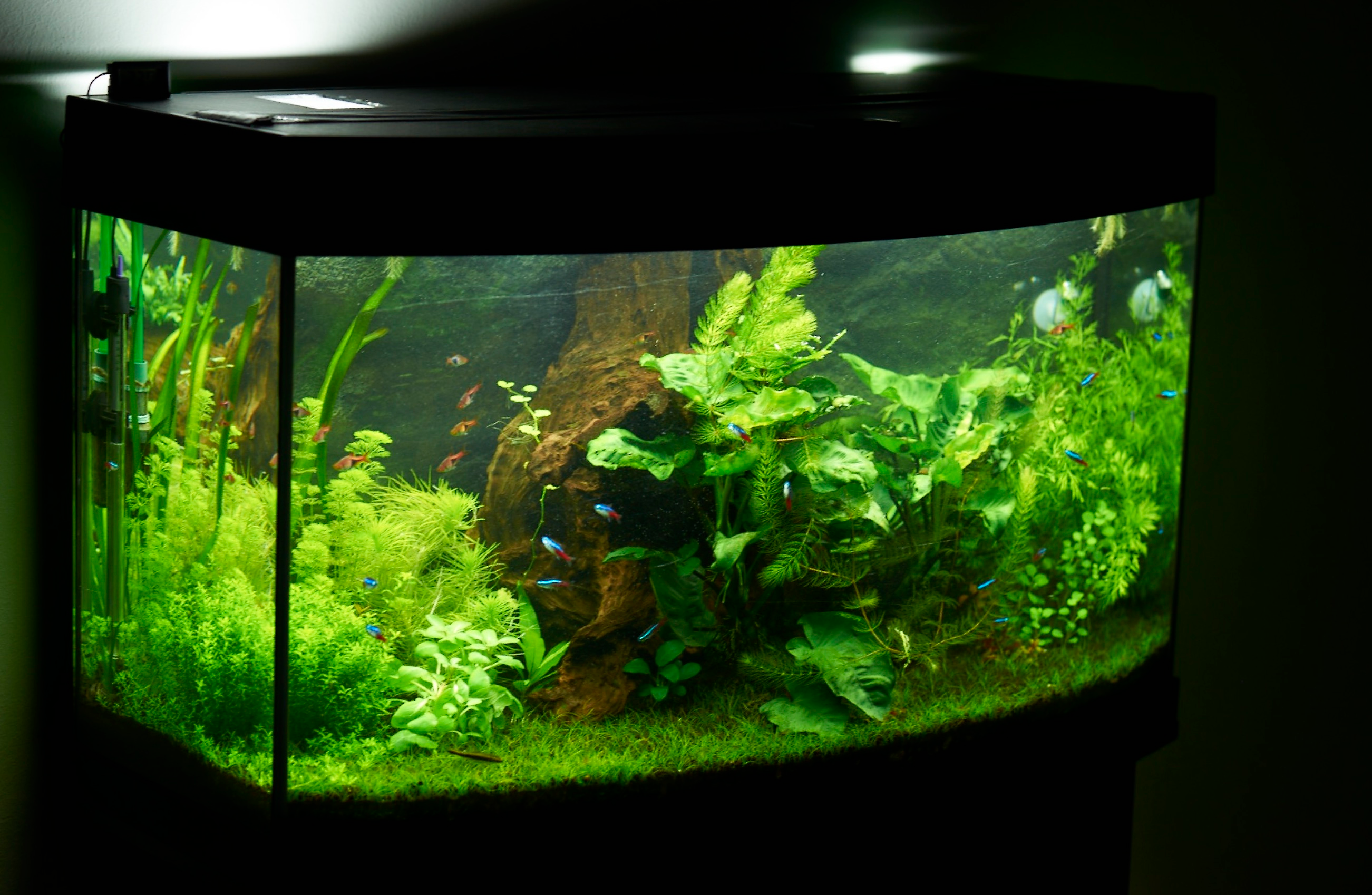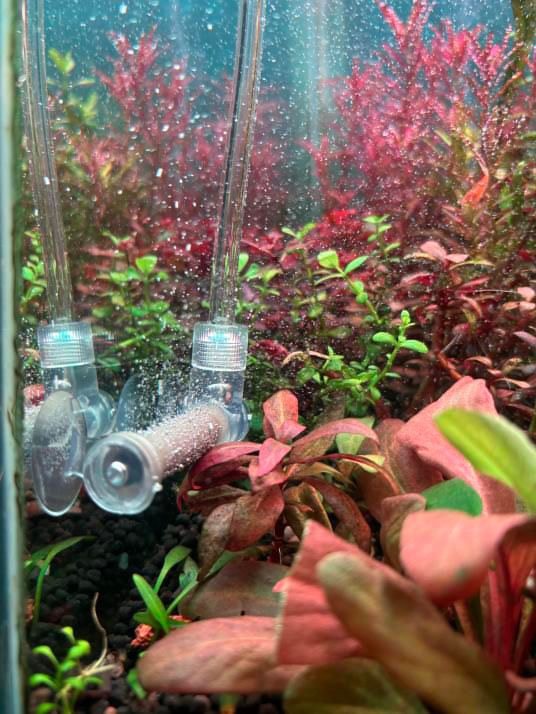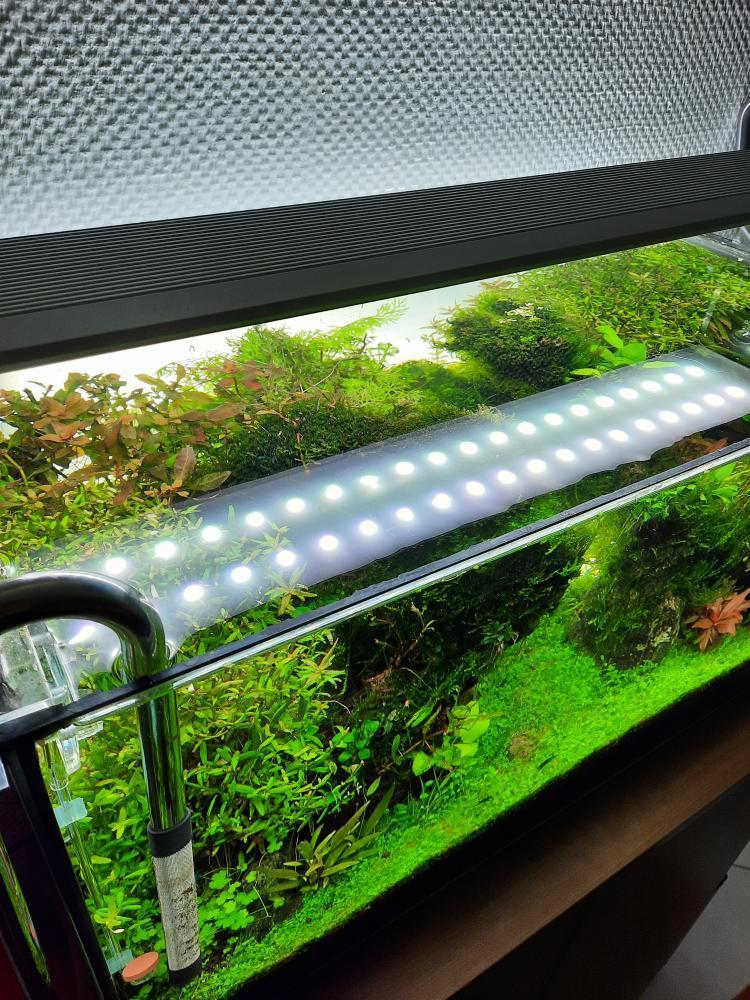Fish tank temperature control
Why Temperature Matters in Aquariums
Maintaining the right aquarium temperature is essential for the health and comfort of your fish and plants. Sudden fluctuations can cause stress and make your aquatic life vulnerable to disease. Different species have different temperature needs, so research is key before adding new inhabitants.
Temperature also affects other factors such as oxygen levels and the rate at which biological processes occur. A stable temperature helps beneficial bacteria thrive and maintain a balanced ecosystem. Without proper control, even minor variations can lead to imbalances in the tank.
Investing in a reliable heater and thermometer is the first step in ensuring consistency. It’s also important to regularly monitor your tank for any signs of overheating or cooling, especially during seasonal changes or room adjustments.

Understanding the Ideal Temperature for Freshwater Aquariums
The ideal temperature for freshwater aquarium setups typically falls between 74°F and 80°F, though this can vary depending on the species. Tropical fish, for instance, prefer warmer waters, while goldfish thrive in cooler environments.
Consistency is more important than achieving a precise number. It’s best to choose a temperature that suits the majority of your tank inhabitants and stick to it. Sudden changes can affect fish metabolism, behavior, and immune response.
A digital thermometer can help you keep track of fluctuations. If your home experiences frequent temperature swings, consider using an aquarium controller to automate heater adjustments and ensure stable conditions.
Finding the Best Aquarium Temperature for Your Setup
The best aquarium temperature depends on the species of fish and plants you keep. For a community tank with a mix of tropical species, aiming for around 78°F is a safe bet. It supports a wide range of aquatic life without extremes.
If you're housing specific species like Discus or Bettas, you may need to raise the temperature a bit. On the other hand, cool-water species such as White Cloud Mountain Minnows prefer temperatures closer to 68°F–72°F.
When choosing fish, it's a good idea to group species with similar temperature needs. This not only ensures harmony but also makes managing your aquarium much simpler in the long run.

Tank Temperature and Room Considerations
Tank temperature is influenced not just by the heater, but also by ambient room conditions. A drafty room or one with direct sunlight can drastically alter water temperature over time. Always place your tank away from windows, vents, and heat sources.
Balancing aquarium temperature vs room temperature is an important step in preventing unnecessary heating or cooling. If your room is kept very warm or cold, your heater will have to work harder, potentially shortening its lifespan.
Using an aquarium hood or cover helps retain warmth and minimise evaporation. It also reduces the effects of fluctuating room temperatures and helps maintain a consistent thermal environment for your aquatic life.
Choosing the Right Aquarium Heaters
Selecting the right aquarium heaters is the first step in effective fish tank temperature control. With so many models available, it’s important to choose one that matches your aquarium size, ensuring it can maintain a consistent desired temperature without overworking.
Submersible heaters are among the most popular choices due to their efficiency and ease of use. They’re fully immersed in water, distributing heat evenly across the tank. Hang on heaters offer a more compact alternative and are useful in tanks where internal space is limited.
No matter which model you choose, be sure to check the heater for an automatic shutoff feature. This helps prevent overheating, especially during warmer months or when your lights are on for extended periods.
Importance of Temperature Controllers
While a heater does the heavy lifting, temperature controllers are essential for precise temperature control. These units act as a buffer between your heater and the tank, allowing you to set a target temperature with greater accuracy.
Most temperature controllers come with a probe that you place inside the fish tank. This probe constantly reads the water temperature and tells the equipment when to turn on or off, maintaining a stable environment for your fish.
Using a temperature controller not only ensures your aquarium remains within the ideal water temperature range, but it also extends the lifespan of your heater by preventing it from running non-stop. It's a small investment that brings long-term benefits to your aquarium's well being.
The Importance of Aquarium Heaters
When setting up a fish tank, one of the most important pieces of equipment is the aquarium heater. Heaters come in a variety of types, from submersible heaters to hang-on heaters, but the key is choosing one that is appropriate for the aquarium size and the specific needs of your fish. For example, tropical fish require a higher water temperature than freshwater species.
You can use a temperature controller to regulate the heater and maintain a stable tank temperature. This is crucial because fluctuations in water temperature can lead to stress and even death in sensitive species. The heater should also be equipped with a reliable thermostat to avoid overheating, which can cause damage to both the equipment and the fish.
For larger tanks, consider using multiple heaters for temperature control. This ensures even distribution of heat, especially in gallon tanks with large volumes of water. For smaller tanks, a single aquarium heater is usually sufficient, but always monitor the desired temperature to avoid any sudden changes.

How to Achieve Stable Temperature Control
Achieving stable temperature is essential to the health and well-being of your fish tank inhabitants. Use aquarium heaters with built-in temperature controllers to help maintain a stable environment, regardless of external room conditions. Keep in mind that smaller the tank, the more susceptible it is to rapid temperature changes. A heater that is too powerful or one that malfunctions can result in overheating, which stresses your fish and disrupts their well-being.
Alongside a good heater, ensure that your fish tank is equipped with a filter and lights that work harmoniously to maintain the right conditions. Over time, you'll learn how to fine-tune the settings to achieve the ideal water temperature. Temperature controllers can be an essential part of your setup, as they allow you to set and forget the desired temperature, ensuring consistency.
For extra stability, use suction cups to secure the heater inside the tank at an optimal depth. This ensures that the heat is distributed evenly, reducing the risk of overheating or cold spots in the tank. A well-maintained fish tank will encourage healthier growth for your aquatic plants and a comfortable environment for your tropical fish.
Monitoring Fish Tank Temperature
Consistent monitoring of fish tank temperature is crucial to ensure that the water temperature remains within the optimal range for your aquatic life. This can be achieved through the use of a temperature controller and a bubble counter. Regularly checking the temperature control unit will allow you to spot any discrepancies early on, preventing sudden temperature spikes or drops.
Using a temperature controller with an integrated thermostat allows you to maintain the desired temperature in your fish tank without the need for constant adjustments. Some tanks, especially larger ones, may require multiple heaters to maintain an even water temperature throughout. When using more than one heater, it's important to monitor each unit and ensure that all are functioning properly to prevent overheating.
Another critical aspect is the use of aquarium heaters that come with a built-in thermostat to help maintain a stable temperature. Over time, you'll need to adjust the temperature as the needs of your fish and aquatic plants change with seasons. A well-maintained fish tank will not only help your aquatic life thrive but will also make it easier to spot potential issues before they become a major problem.
The Role of Chillers in Temperature Control
In warmer climates or during hot seasons, a chiller may be necessary to ensure that your fish tank does not overheat. High tank temperature can stress your fish and hinder the growth of plants. A chiller works by lowering the water temperature, ensuring that the temperature control system is balanced.
If you keep tropical fish or other temperature-sensitive species, maintaining the ideal water temperature is essential for their health. A chiller can help regulate temperature and provide a consistent water temperature regardless of external conditions. It's important to monitor the desired temperature and ensure that the chiller works in harmony with your aquarium heaters to maintain the right balance.
A chiller can be especially beneficial for larger aquariums or gallon tanks where temperature fluctuations are more likely to occur. By investing in a chiller, you ensure the stability of your fish tank, contributing to the overall well-being of your fish and ensuring a healthier environment for your aquatic plants.
How CO2 Injection Can Affect Tank Temperature
In a planted aquarium, CO2 injection plays an important role in plant growth, but it can also influence tank temperature. When CO2 is injected into the water column, it can cause minor temperature fluctuations due to the interaction between CO2 gas and the water. The CO2 system, along with temperature control devices, must be monitored closely to ensure it does not lead to unwanted changes in water temperature.
When CO2 injection is used in combination with high lighting in a planted aquarium, it’s crucial to maintain proper temperature control. High light levels combined with CO2 can increase the overall biological activity in the aquarium, which in turn may result in a slightly warmer tank environment. Therefore, keeping a thermometer on hand is essential to keep an eye on any temperature fluctuations.
In summary, while CO2 provides numerous benefits for aquatic plants, it’s important to consider its potential impact on tank temperature. With the right balance of lighting, CO2 injection, and temperature control, you can ensure optimal conditions for your aquarium plants and fish.

Overheating and Temperature Control Issues in Your Tank
Overheating is a common issue in many aquariums, especially if your aquarium heaters are not properly calibrated or if your tank size is too small for the equipment. Overheating can cause stress for your fish, disrupt plant growth, and affect the overall health of the aquarium. It's crucial to understand the capacity of your heaters and ensure that the temperature controllers are set correctly for the water column.
To prevent overheating, it's important to choose aquarium heaters that are appropriate for the size of your fish tank. In addition to that, you should regularly monitor the tank temperature using a thermometer or temperature controller to ensure it doesn't exceed safe limits. If you notice that the water temperature is rising too quickly, consider using a chiller or adjusting the room's temperature.
While overheating can be a rare occurrence, it can cause significant damage if not addressed quickly. An overheated aquarium can lead to the death of fish and the degradation of aquatic plants, especially those sensitive to high water temperatures. Therefore, maintaining a steady temperature control system is essential for a healthy, thriving aquarium environment.
The Impact of Lighting on Fish Tank Temperature
Lighting plays a significant role in maintaining the temperature in your fish tank. Aquarium lights generate heat, and in tanks with high-intensity lighting, especially high-wattage lights, the water temperature can rise considerably. This can be beneficial for tropical fish that thrive in warm water temperatures, but it can also lead to overheating if not carefully managed.
If your aquarium is equipped with strong lights, be sure to check the water temperature regularly to ensure it stays within the safe range. You may need to adjust the lighting schedule or invest in more efficient lighting options that produce less heat. LED lights are a popular choice for those looking to reduce the heat output while still providing enough light for plant growth.
Controlling light intensity and duration will help stabilize your tank temperature, especially in smaller tanks where fluctuations can happen more quickly. Balancing lighting with proper temperature control is essential to maintain a stable environment for your aquatic life.

Conclusion: Maintaining Optimal Temperature for a Healthy Aquarium
In conclusion, controlling the temperature in your fish tank is crucial for the health and well-being of your aquatic life. By using the right aquarium heaters, carefully monitoring the water temperature, and adjusting equipment as needed, you can create a stable environment where both fish and plants thrive.
Whether you have a nano aquarium or a large aquarium, the principles of temperature control remain the same. Ensuring that your tank temperature stays within the ideal range for your species of fish will prevent stress and promote healthy fish and plants. Regular monitoring and adjustments using temperature controllers, thermometers, and CO2 systems will help maintain this balance.
Ultimately, maintaining the right temperature is a continuous process that requires attention to detail and the proper use of aquarium equipment. With consistent care and understanding, you can create a fish tank that is both beautiful and supportive of a healthy, thriving ecosystem for your fish and plants.




